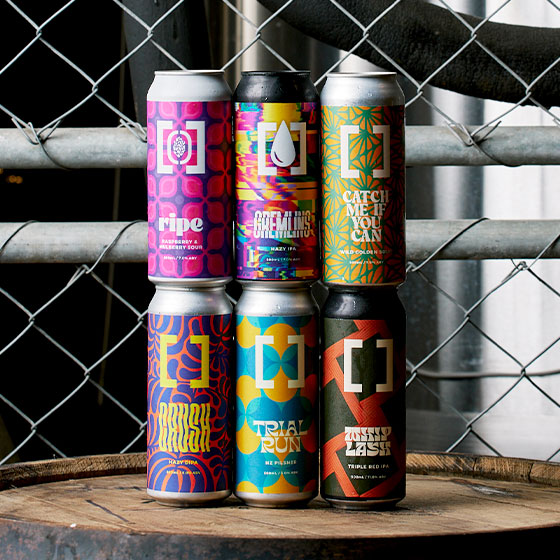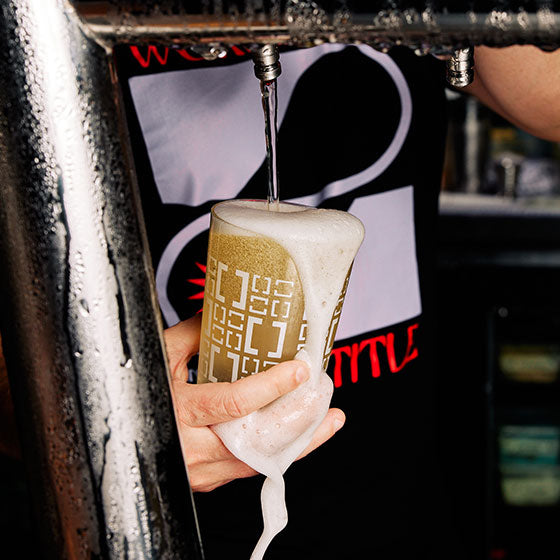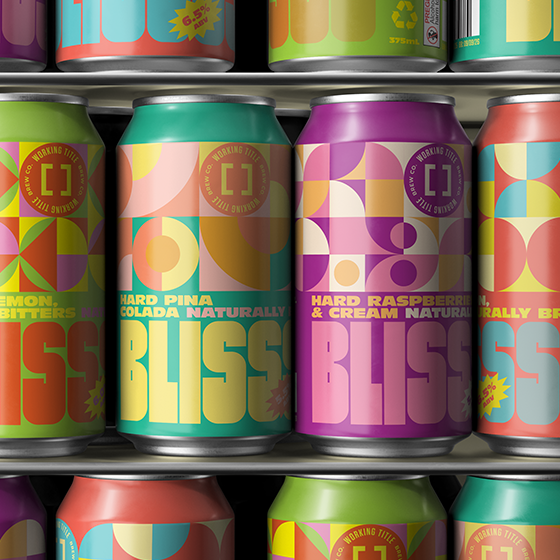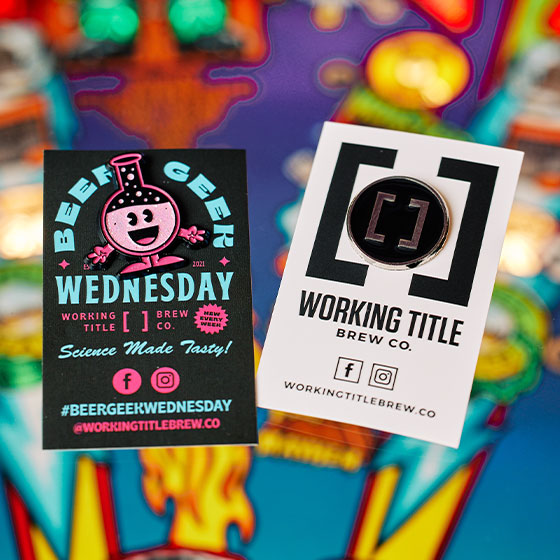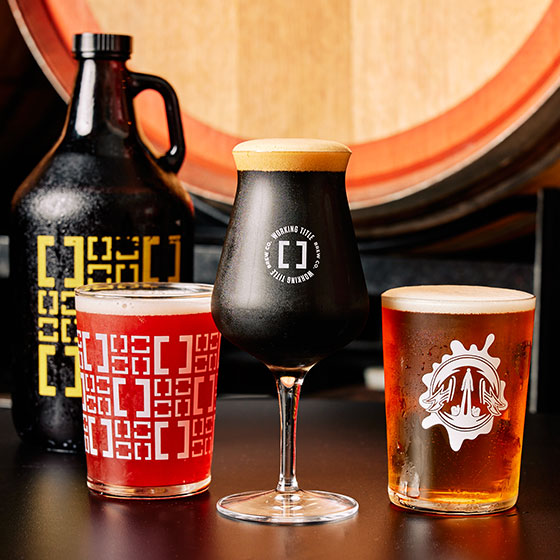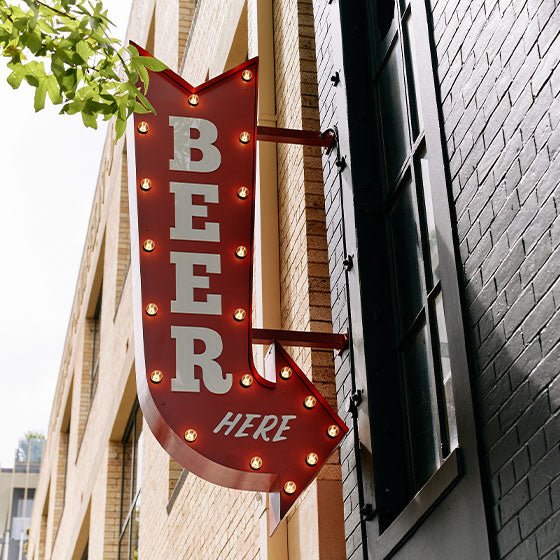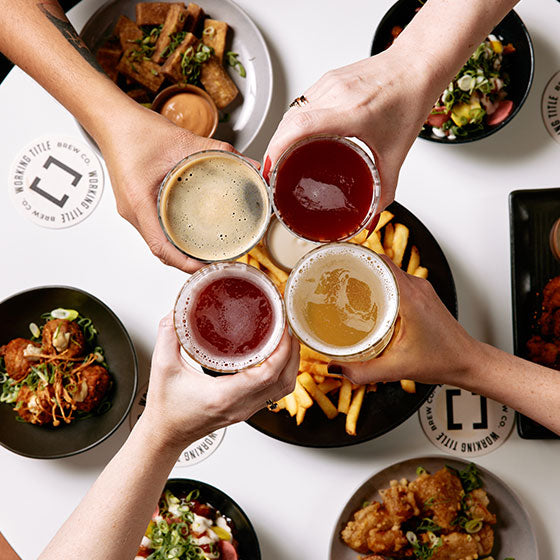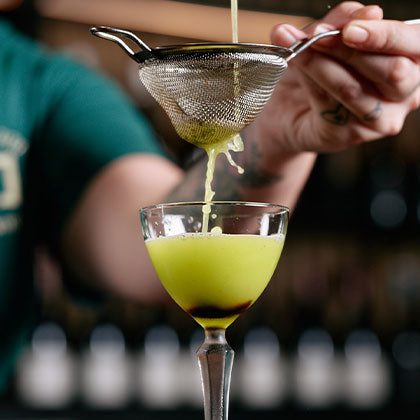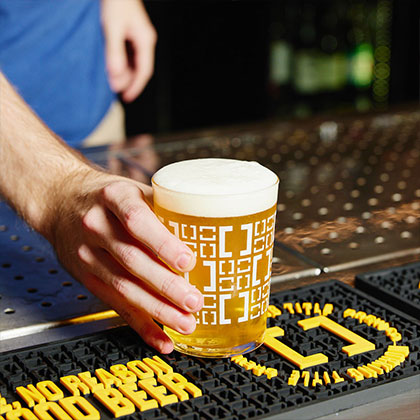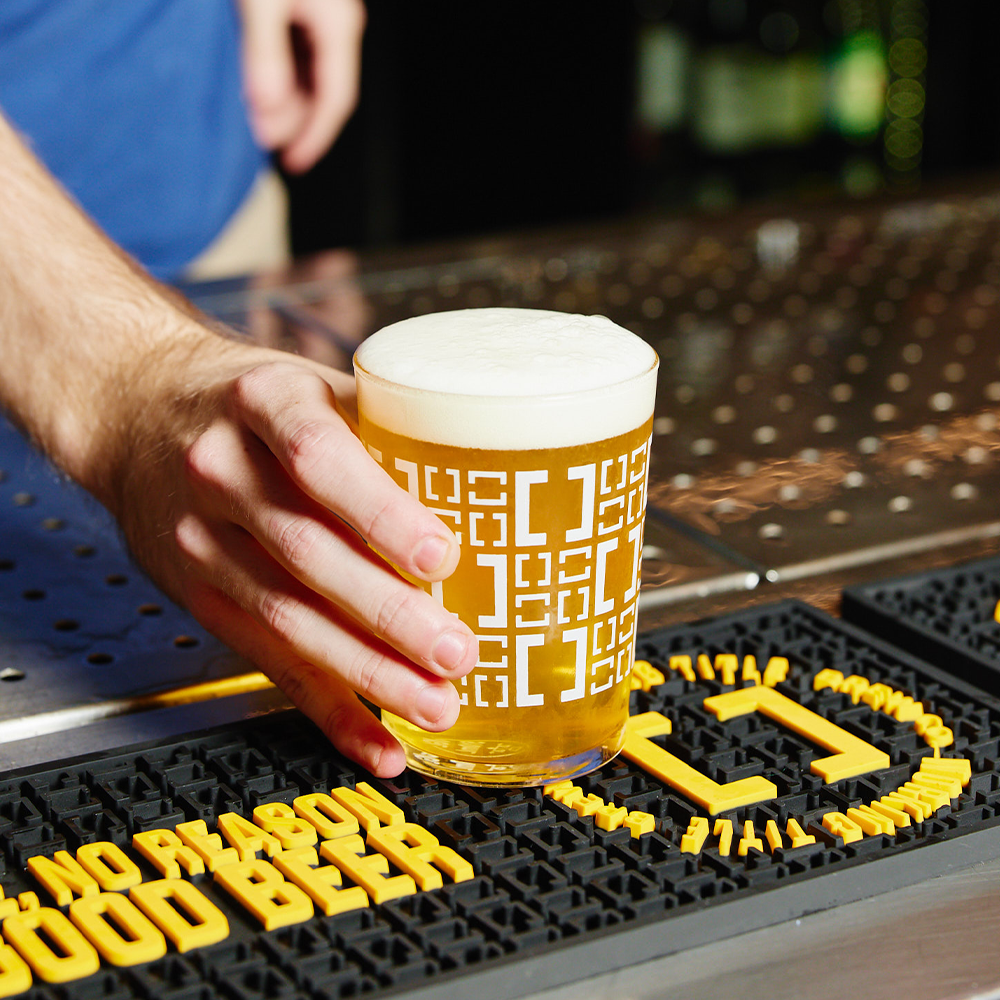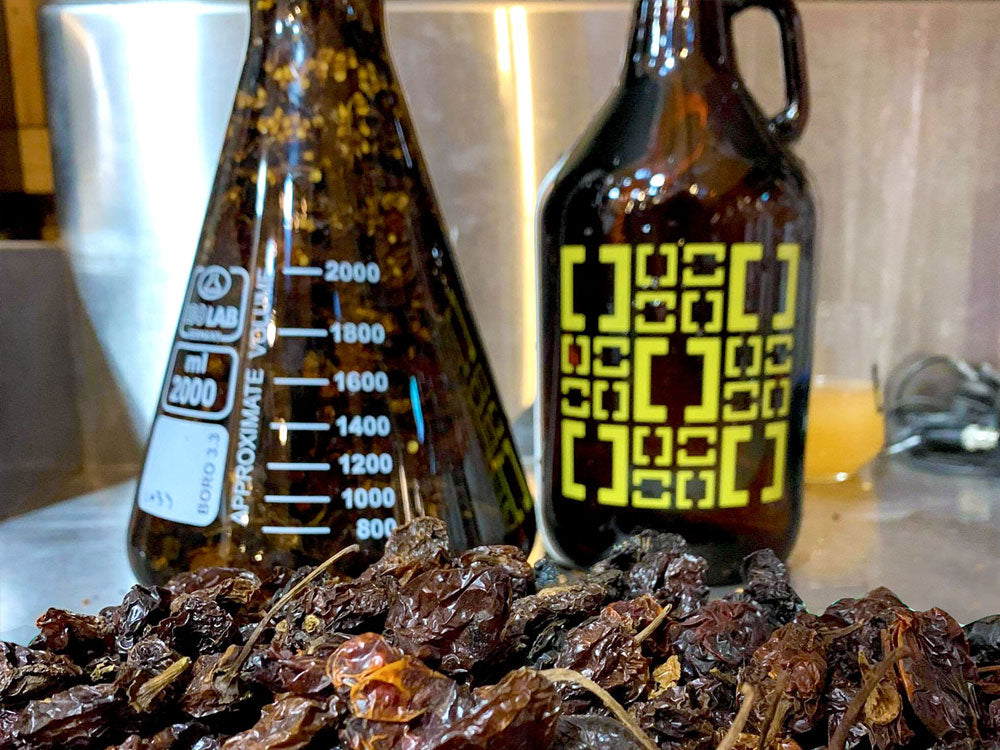Packaging, the anticlimax to a good beer, the scourge of brewers across the nation and the final hurdle that causes us all to stumble.
Today we packed our next beer (releasing next week) and so I thought we’d delve a bit into packaging. Historically, beer was brewed and consumed at (or close to) the brewery. With the advent of urbanisation and industrialisation, the need for beer transport grew. And so we developed all sorts of innovative ways to transport beer. Zip-lock baggies, hip flasks and milk cartons all gave it a red hot go, until, in the 18th century, glass bottles provided a relatively clean and sturdy manner to transport beer. About a century ago some folks in the US went a step further and whacked some beer in a can, revolutionary.
While in modern times craft beer took to cans slowly, many breweries have realised the added value of aluminium and today, over 90% of independent craft breweries package in cans. Cans allow less UV ingress and, potentially, less oxygen uptake upon storage. Cosmetically, cans provide more brand realestate, are cheaper to transport and can lines are cheaper to set up and run. Really the only drawback from bottles is the lack of ability to withstand pressure, and so cannot be used for pasteurisation. But, for craft, if anything that is another advantage.
The single largest problem we have had with canning is oxygen uptake. Can lines go to all sorts of lengths to combat this. From pre-purging the cans with CO2 to adding droplets of liquid nitrogen in each can – the nitrogen boils off almost instantaneously, providing an outward flow of gas and protects against air contact. Inevitably, however, some oxygen always makes its way into the can. And that’s way we always say, store our beer cold and drink it fresh because it’ll never taste better than on canning day (unless it’s a sour or a stout or other things, shut up).
Packaging, because you can’t all suck on our brite tanks.

